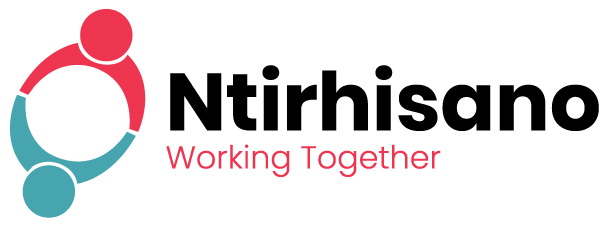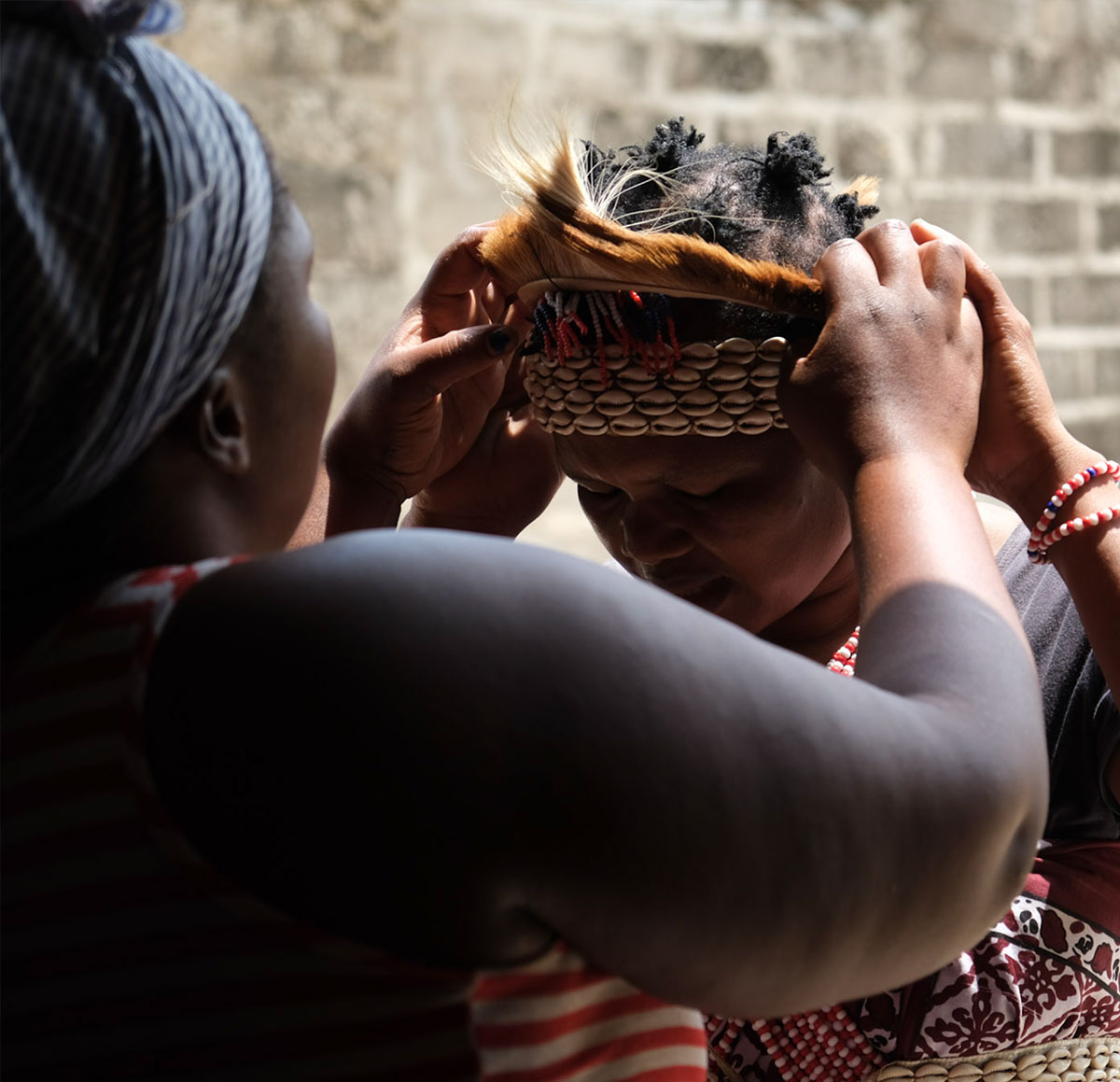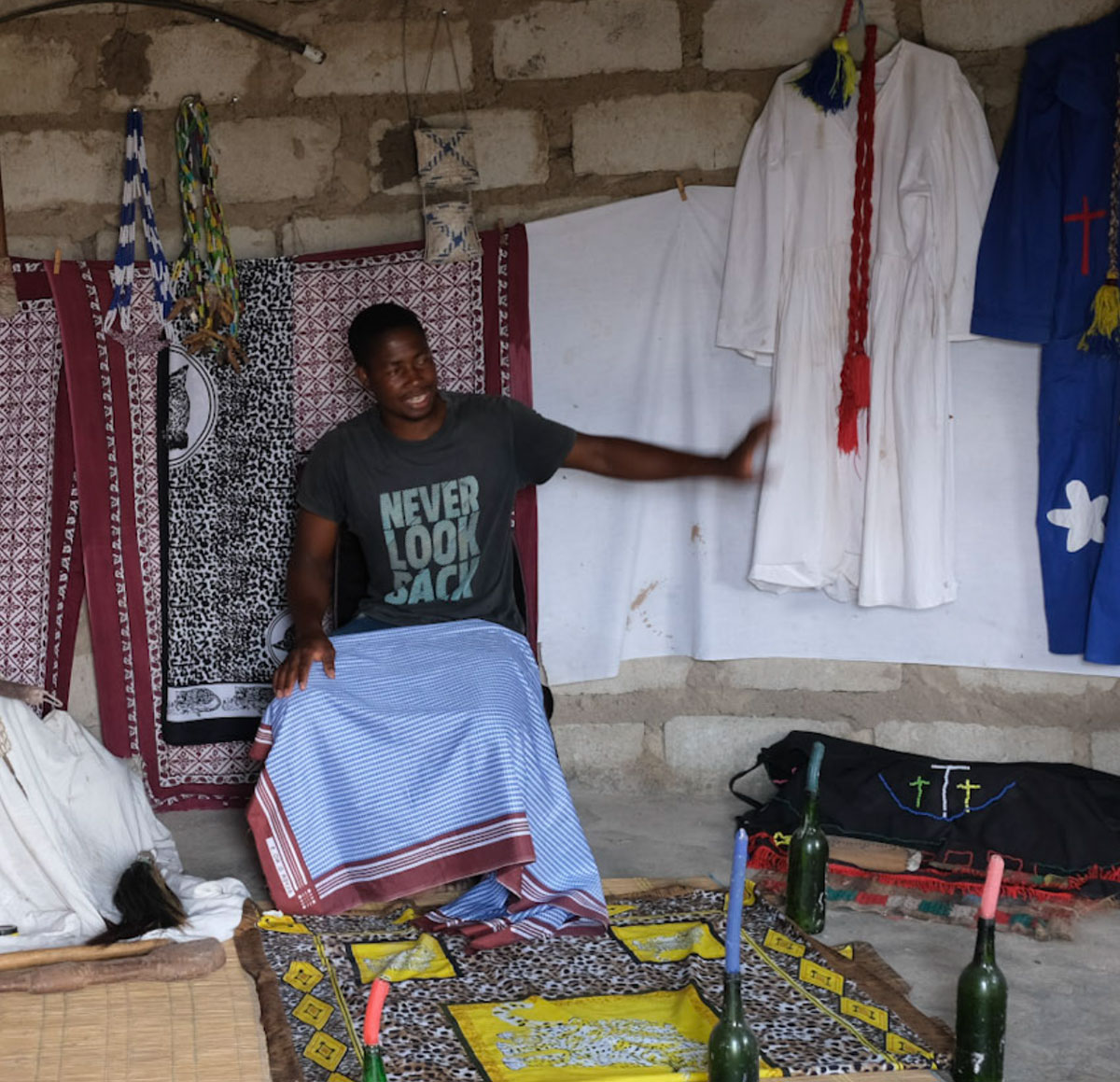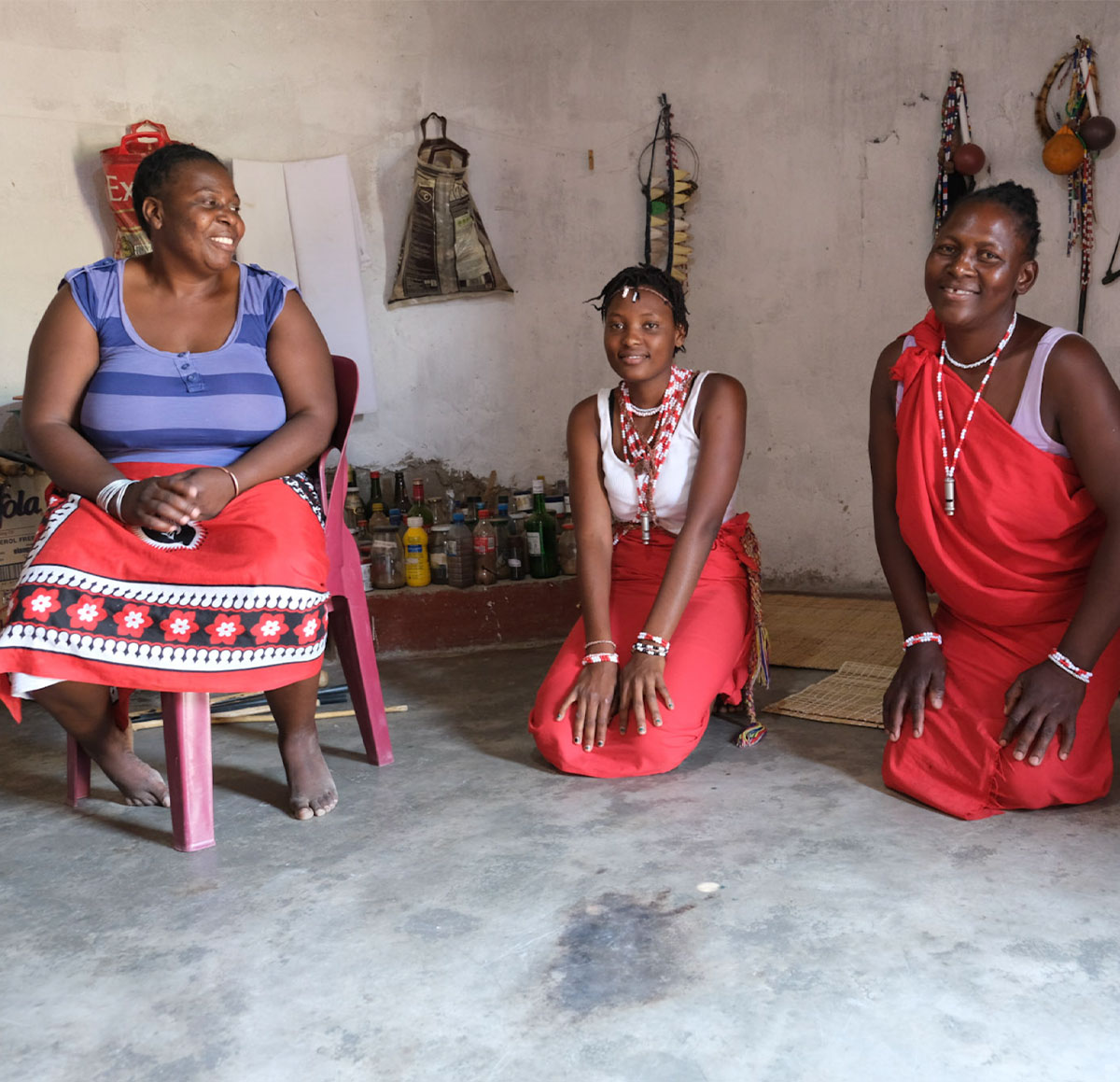Research aims
The Ntirhisano project aims to recognise and understand the unique role that traditional healers can play and then collaboratively define that role by undertaking rigorous, innovative, interdisciplinary research that responds to the healthcare needs of rural South Africans.
There are an estimated 200,000 traditional healers in South Africa - greatly outnumbering registered biomedically-trained nurses and doctors. Traditional healers often hold positions of authority within their communities. Individuals often seek care from traditional healers for a number of reasons, including social acceptability, perceived source of illness, personal relationships between healers and their patients, as well as the perceived fit of a healer’s explanation of illness with patient expectations.
When experiencing illness, it is common for patients in many sub-Saharan African settings to move back and forth between the biomedical and the traditional health care systems, contributing to medical pluralism. Previous work has shown this can lead to delays in biomedical care, interruptions or abandonment of biomedical treatment, and herb-drug interactions and toxicities. Given both the availability of traditional healers and the plural-seeking behaviors of individuals, this expanding portfolio of research has developed partnerships between traditional healers and biomedical practitioners in the delivery of health care and has proven that collaboration between the two systems is possible when shared beliefs are recognised and mutual respect is maintained.
As a workstream within the MRC/Wits Rural Public Health and Health Transitions Research Unit, based in Bushbuckridge, Mpumalanga, we aim to:
Educate healers to:
- Avoid harm to patients; and,
- Avoid harm to themselves
Provide skills to facilitate referral to:
- Support patient’s biomedical treatment
- Support patient’s caregivers
Develop a transportable model of collaboration between traditional healers and biomedical practitioners at the primary healthcare system (sub-district) level
Long-term goal
Our long-term goal is to establish a sustainable, acceptable and scalable model for traditional healer integration into the primary healthcare system to improve acute and chronic health outcomes among people living in rural South and southern Africa.





